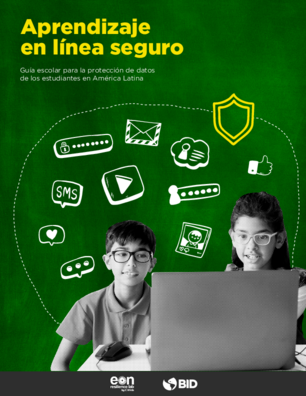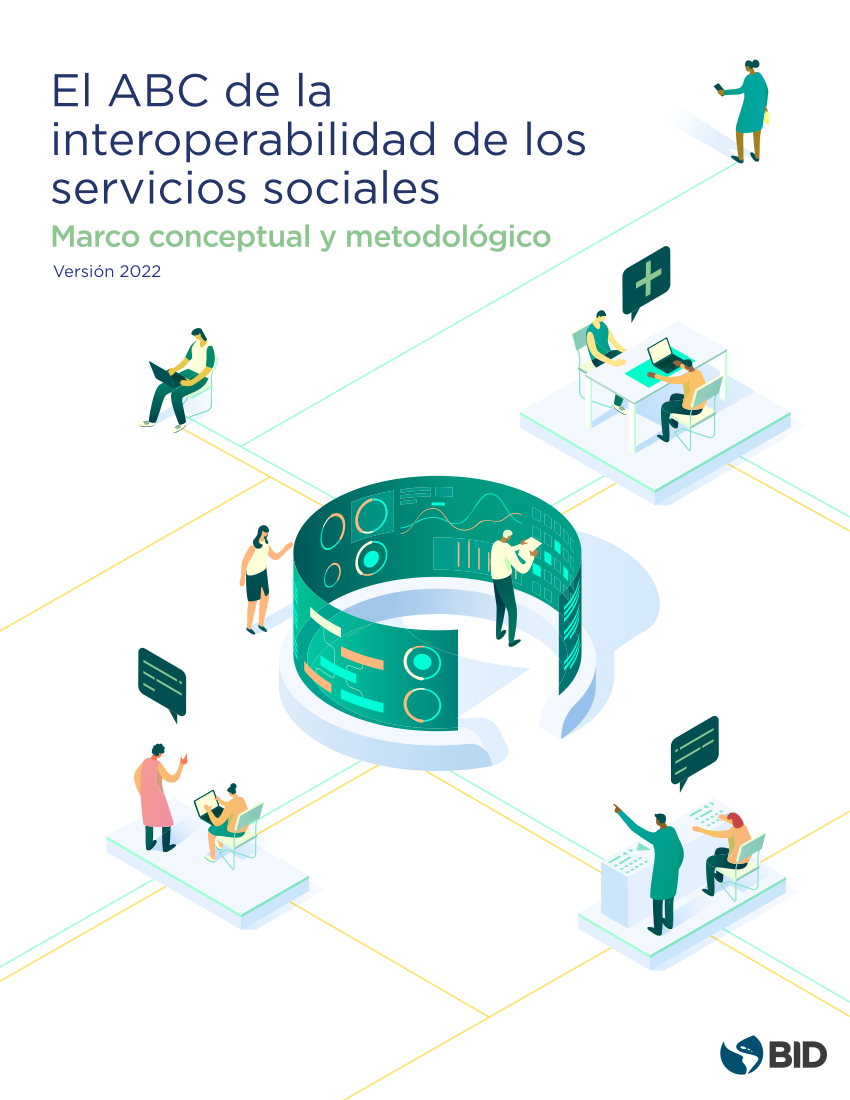Back to Observatory
AnaBiza - Salud
Description of the service
A digital thermometer with more than 33 graphs and 76 indicators of COVID-19 evolution in Colombia and the world
Problem that it solves
To use data in the decision-making of individuals, companies, and institutions according to the evolution of COVID-19 in Colombia.
Type of AI app used
Anomaly detection and early warning (event detection), Predictive systems (forecasting)
Main results to June 30, 2021
Sharing the solution with the media, health entities, and the general public as a pilot model to show how to take 4RI solutions to everyday business.
Three main bottlenecks faced during implementation
- Technical knowledge
- Lack of experience about the tool within the learning curve
- Change in the database structure by the National Health Institute (INS)
Lessons learned in the design or use of AI for social impact
- The power of data for decision-making
- Connecting data to analysis tools
- Tracking figures for the 1124 municipalities in Colombia.
Country of origin
Geographic scope of operations
Barranquilla and Cali
Type of executing entity
StartupSector/industry
Sustainable Development Goal(s) to which your AI solution contributes
3 (good health and well-being), 11 (sustainable cities and communities), 17 (partnerships for the goals)
IA app developed internally or by a third party
Internally
Name of implementing entity
Observadores Col
Stakeholders involved
Microsoft, Villa.net.co
Percentage of the development team that are women
0
Year they started using AI-based models
2020It may interest you
Esta guía fue diseñada para el personal directivo y docentes que buscan fortalecer la protección de los datos de los estudiantes en las plataformas en línea de sus instituciones educativas.
Marco conceptual y metodológico
This self-assessment tool is designed to allow the mitigation of ethical risks associated with the use/application of new technologies. It is available so that the ethical performance of each system can be evaluated from the beginning.



